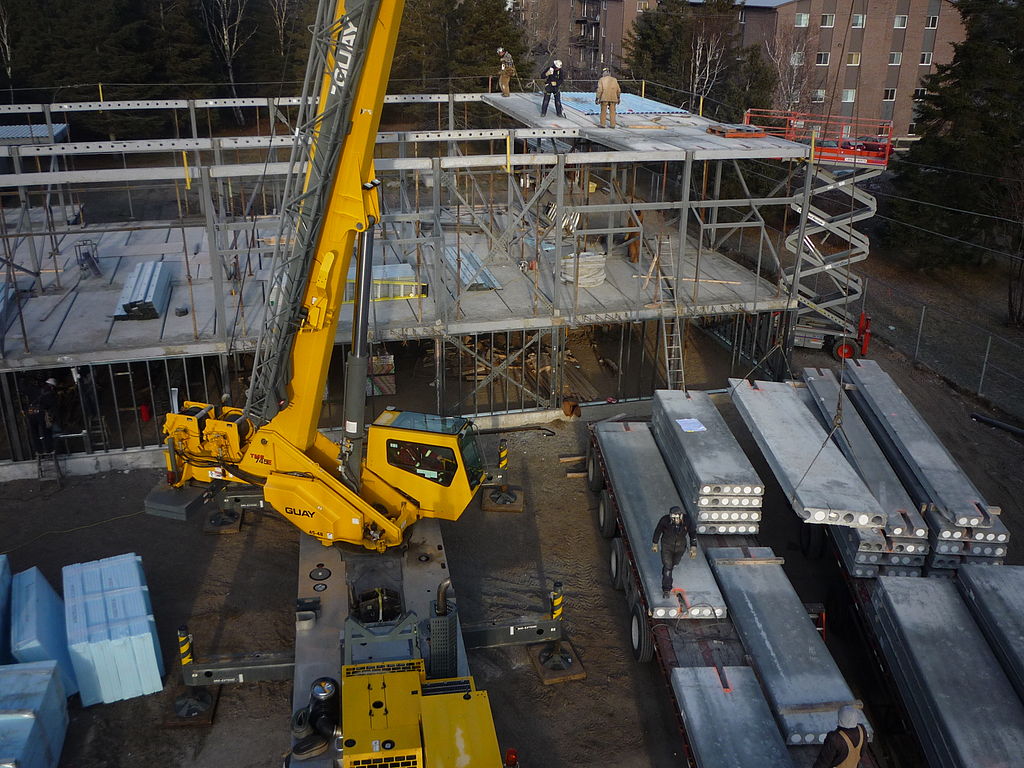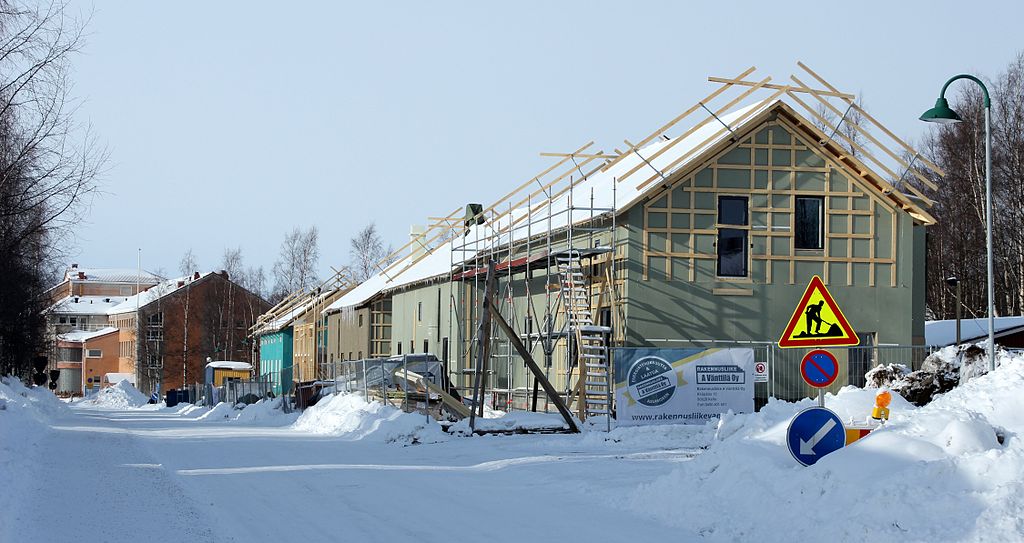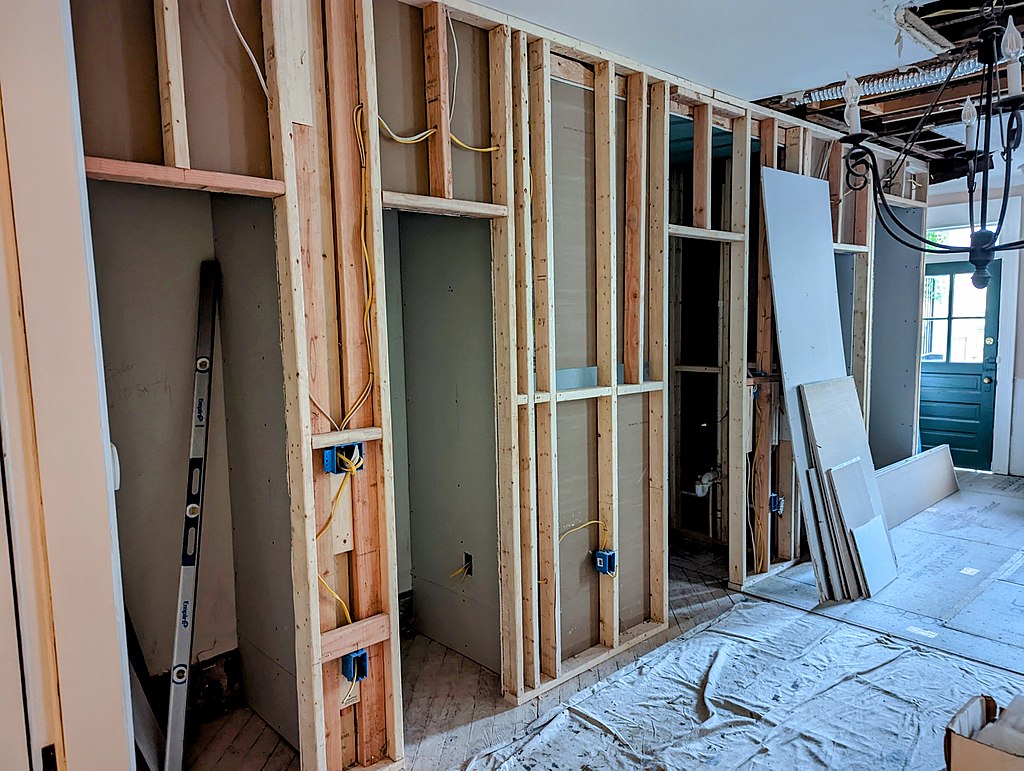Throughout history, mankind has used all sorts of materials to build structures, but these days, steel continues to play a major role in larger construction projects. Although wood, composites and man-made materials all have their places in the construction industry, steel provides a number of benefits that other materials can’t match. Below are some of the benefits of using steel construction for your next building project:
Density Equals Strength
When it comes to strength, steel is hands-down the best option. Steel is a very dense alloy, and this means that it can carry larger loads across smaller areas compared to materials like wood. When you join together steel using tension control bolts, you can expand this strength across larger areas. Many steel contractors are buying bolts from manufacturers due to the enhanced strength galvanized tension control bolts provide.
Steel structures can also be built higher due to the strength that steel provides. As wooden structures grow taller, more weight is placed on lower levels. This can lead to structural instability as a structure is built up. Steel construction provides enough distributed strength to support taller structures, making it the superior choice for large office buildings, warehouses and other buildings that require more than two or three stories. Steel framing can also benefit structures that require sprawling interior spaces, so it is often used in the construction of industrial facilities, manufacturing plants and other structures that cover large areas.
ecResistance To Fire
Another major benefit of using steel construction is that steel resists fire better than wood and other materials with relatively low ignition points. Steel can usually withstand temperatures that exceed 1,000 degrees Fahrenheit, and welds are often unaffected as well within this temperature range. When compared to wood construction, steel is the obvious winner since wooden materials have much lower ignition points. Wood may ignite when temperatures reach around 700 degrees Fahrenheit, but some wooden materials exposed to high temperatures over time can begin to char at temperatures as low as 400 degrees Fahrenheit.
When considering that steel is usually used in the construction of tall buildings, the fire-resistant properties of steel provide a clear advantage. Tall structures become particularly dangerous during fire emergencies since occupants of a tall building on fire may require more time to escape. The ability to slow a moving fire due to higher ignition points gives steel construction a major safety advantage. This can also sometimes be an advantage when a fire has damaged a building as steel exposed to fire may not need to be replaced but simply repaired.
May Be More Cost-Effective
Costs in construction are a major concern for builders. If you aren’t able to complete jobs within a set budget, you’re likely to have a hard time succeeding in the industry for very long. Although wood may sound like a more economical solution for construction, it often is not when compared to steel. The reason is that lumber prices can vary based on a number of variables. The general economy, the housing market and more can all have an effect on the price of wood.
With steel, costs tend to be fixed since steel is not tied to the housing market in such a direct way. Additionally, a lot of the available steel today is recycled. This steel provides the same benefits as new steel at a reduced cost to builders. As an added bonus, recycled steel is a sustainable option that helps to reduce waste while benefiting the environment.


